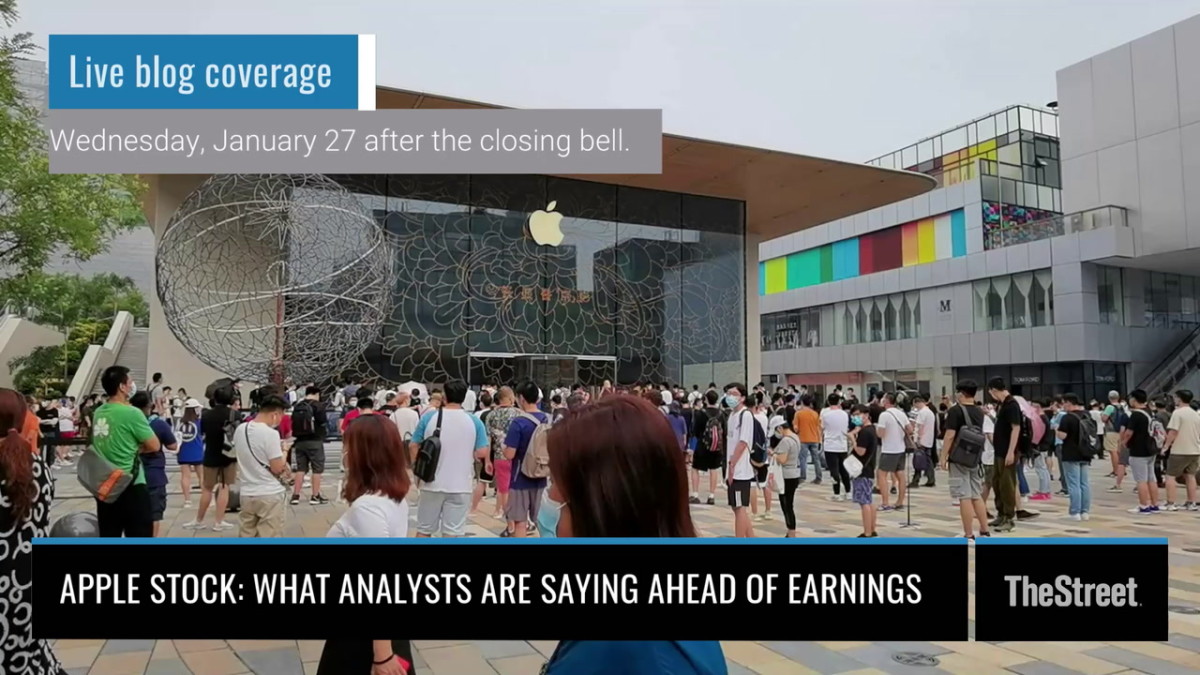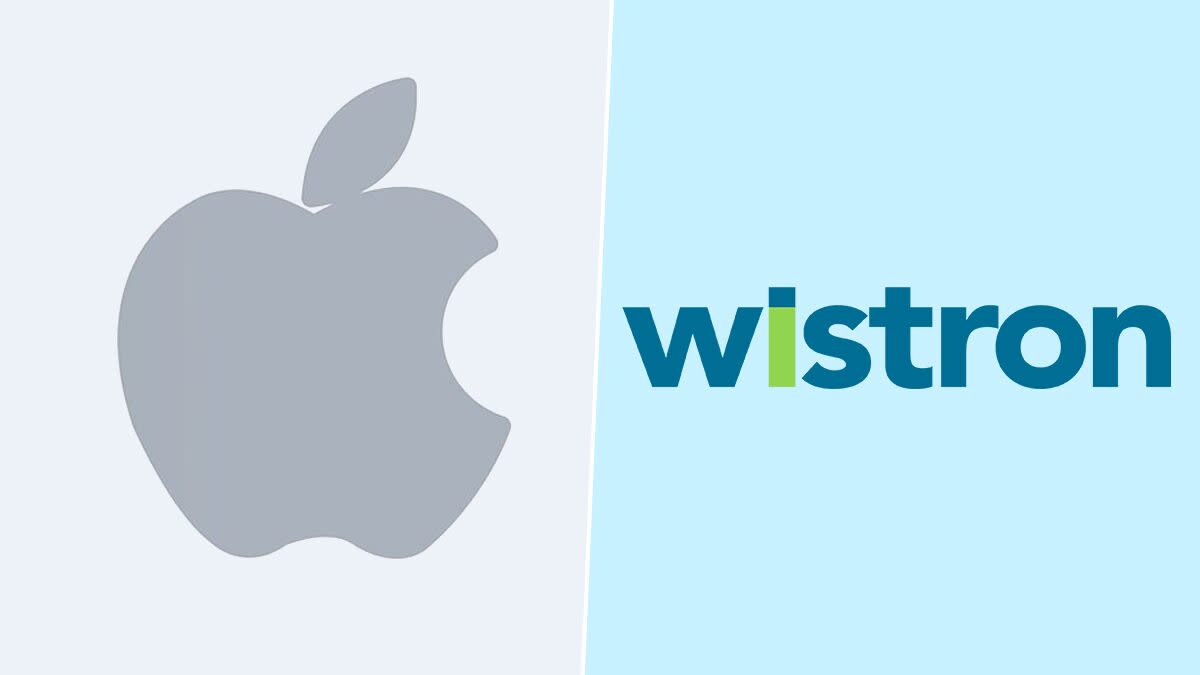(NASDAQ: AAPL) market cap is just shy of $2.26 trillion and up almost 80% this year.Some analysts believe the stock has much further to run. One has a price target of $160, compared. Here's who's buying what at Apple, according to Slice: - A higher percentage of customers who buy the iPhone, Macbook Air, Macbook Pro, and Apple TV are between the ages of 25 and 34.
- Apple and Consumer Behavior Marketing. Apple’s hardware devices are supported by the iTunes software. Hardware devices are purchased through online and offline retailers, and a limited number of retailers providing a tight vertically-integrated ecosystem.
- Apple’s marketing has become a benchmark for other companies that want to reach similar heights of recognition and revenue. Whether you are a top tier content marketing agency or a service software or a product, you can learn the biggest marketing tips from Apple. Here are the company’s 10 best-known techniques: 1.
- Teenagers are considered one of Apple Inc.' S target markets. Teenagers use iPods for many reasons. Some of these reasons are to socialize with friends, listen to music and go on Facebook, MSN, twitter etc. There are also many gaming apps that appeal to them. IPods have become quite a trend with teenagers.
Brand Positioning of Apple
Understanding Apple’s Segmentation, Targeting, and Positioning
The world’s 2nd most valuable brand with a brand valuation of $146+ billion, Apple over the past many years have created a niche that no other product in its category has been able to achieve. All this have been made successful because of the right marketing mix of apple
Apple enjoys an affinity that no other brand has in the world. But what makes it so different and so special than its competitors? For this, we need to understand the brand positioning of Apple.
Let’s understand Apple’s segmentation, targeting and positioning
Segmentation and targeting of Apple:
Market segmentation is the process of dividing a broad consumer or business market, normally consisting of existing and potential customers, into sub-groups of consumers (known as segments) based on some type of shared characteristics.
Market segmentation is based on variables such as behavior, demographics (e.g., gender, age, education, and income), geography, and psychographic characteristics, or those based on lifestyle and personality. In market segmentation you are forming customer personas that suit the best for your brand.
Learn more about what is customer persona and its importance in forming marketing strategies
Targeting is when the company decides on which target customer segment they want to go after, which they think will be profitable for them.
Apples Target Market Apple Inc. Case Study 2017
For Apple, the market segmentation and target are clearly defined as
- Age group: 22 – 55
- Gender: Male and Female
- Income: Being an affluent brand, Apple targets medium to high-income individuals
- Lifestyle: Income becomes synonymous with lifestyle and since Apple has medium to high-income individuals as segments, the lifestyle they target is to Modern, young, open to change etc.
- Behavior: Hardcore loyalists – Once an Apple user, always an apple user!. These customer groups become very loyal to a brand and hardly change their brand.
Interesting read:How to develop an effective SEO strategy using theme cluster model

Positioning of Apple :


Positioning of a brand is a marketing effort and can only be done through promotion and advertising. A company’s brand identity, its elements, its product and its communication, theyall play an important role in positioning a product.
So, what really is positioning of apple in the market?
Apples Target Market Apple Inc. Case Study 2018
In layman terms, positioning is nothing but an emotional value that you have towards a brand
Apple is all about the experience, it goes after the emotional branding something which is felt in the heart and the mind of the customer.
Apple brand is reflected through their core beliefs about innovation, design, and imagination.
All these 3 beliefs are strongly reflected and promoted through their products, advertisements and customer experiences.
Apple is positioned as a luxury brand that carries a huge emotional connection and loyalty among its customers.
Below are the factors which attributed to the positioning of Apple in the market
Brand Identity: All the intangible brand assets like Apple’s brand values, its culture, employees, Brand colors, Tagline, Tone of voice, Type of Imagery etc all these elements contribute in forming a specific position in the minds of the customer.
Product Design and Quality: Since its inception, Apple has been rolling out products which have been an epitome of design and quality. Apple Macintosh was the first personal computer to have a mouse and graphical interface for a user. Apple’s iPod made the old ugly walkman’s put to shame.
Apple has always come up with innovative technology and improved designs and this, in turn, has led them to have a strong command in the market and ask premium prices for their products.
Advertisements: ” The less the Better”: Apple always followed “The Less the Better” philosophy – Clear and straight messaging, and usage of minimalistic colors is what has worked wonders for Apple. The usage of mediums to promote their messaging also plays an important role in positioning Apple.
https://www.youtube.com/watch?v=AszkLviSLlg
https://www.youtube.com/watch?v=mW6hFttt_KE
Also, check out the marketing mix of apple and its 4ps of marketing.
Learn more about what is marketing mix and why is it important to crack the right marketing mix for a brand.
The Company’s customers are primarily in the consumer, SMB, education, enterprise and government markets. The Company sells its products and resells third-party products in most of its major markets directly to consumers and SMBs through its retail and online stores and its direct sales force. The Company also employs a variety of indirect distribution channels, such as third-party cellular network carriers, wholesalers, retailers, and value-added resellers. The Company’s net sales through its direct and indirect distribution channels accounted for 30% and 70%, respectively, of total net sales.
The Company believes that sales of its innovative and differentiated products are enhanced by knowledgeable salespersons who can convey the value of the hardware and software integration, and demonstrate the unique solutions that are available on its products. The Company further believes providing direct contact with its targeted customers is an effective way to demonstrate the advantages of its products over those of its competitors and providing a high-quality sales and after-sales support experience is critical to attracting new and retaining existing customers.
To ensure a high-quality buying experience for its products in which service and education are emphasized, the Company continues to expand and improve its distribution capabilities by expanding the number of its own retail stores worldwide. The Company’s retail stores are typically located at high-traffic locations in quality shopping malls and urban shopping districts. By operating its own stores and locating them in desirable high-traffic locations the Company is better positioned to ensure a high quality customer buying experience and attract new customers. The stores are designed to simplify and enhance the presentation and marketing of the Company’s products and related solutions. The retail stores employ experienced and knowledgeable personnel who provide product advice, service and training and offer a wide selection of third-party hardware, software, and other accessories and peripherals that complement the Company’s products.
The Company has also invested in programs to enhance reseller sales by placing high quality Apple fixtures, merchandising materials and other resources within selected third-party reseller locations. Through the Apple Premium Reseller Program, certain third-party resellers focus on the Apple platform by providing a high level of product expertise, integration and support services.
The Company is committed to delivering solutions to help educators teach and students learn. The Company believes effective integration of technology into classroom instruction can result in higher levels of student achievement and has designed a range of products, services and programs to address the needs of education customers. The Company also supports mobile learning and real-time distribution of, and access to, education related materials through iTunes U®, a platform that allows students and teachers to share and distribute educational media online. The Company sells its products to the education market through its direct sales force, select third-party resellers and its online and retail stores.
The Company also sells its hardware and software products to enterprise and government customers in each of its geographic segments. The Company’s products are deployed in these markets because of their performance, productivity, ease of use and seamless integration into information technology environments. The Company’s products are compatible with thousands of third-party business applications and services, and its tools enable the development and secure deployment of custom applications as well as remote device administration.